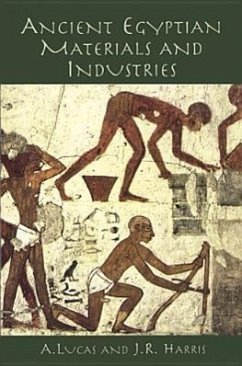![Les Industries Lithiques Taillaes de Franchthi (Argolide, Gra]ce) [The Chipped Stone Industries of Franchthi (Argolide, Greece)], Volume 3 Les Industries Lithiques Taillaes de Franchthi (Argolide, Gra]ce) [The Chipped Stone Industries of Franchthi (Argolide, Greece)], Volume 3](https://bilder.buecher.de/produkte/22/22286/22286565z.jpg)
Les Industries Lithiques Taillaes de Franchthi (Argolide, Gra]ce) [The Chipped Stone Industries of Franchthi (Argolide, Greece)], Volume 3
Du Naolith

PAYBACK Punkte
22 °P sammeln!
This fascicle is the thirteenth in the series of Level One publicationsof the excavations at Franchthi Cave and is the third and final installment of thereport on the site's chipped stone industries. The objective of Catherine Perl s'sstudy is to make sense of the chronology of the site in its economic, technological, and typological dimensions. All phases of the Neolithic are represented at FranchthiCave. Rich with more than 3,000 reconstructed pieces, this study offers arepresentative and technical typology that is unequaled today. The first part of theanalysis offers diagnostic elements to facilitate comparisons between the lithicsequence and surface dating and is more descriptive than interpretive. The secondpart is dedicated to a step-by-step analysis of the Franchthi material in awell-defined chrono-stratigraphical framework. The third and most interpretiveportion of the study addresses itself more specifically to those who are interestedin the socio-economic organizational problems of Neolithicsocieties. Excavations at Franchthi Cave, Greece -- Thomas W.Jacobsen, editor, with Karen D. Vitelli
This volume is the third and final report on the chipped stone industries from the Neolithic site of Franchthi Cave in southern Greece. Catherine Perles presents a detailed analysis of this most important assemblage of material, examining aspects such as typology, debitage, retouch, exploitation of local and non-local sources, including obsidian from Melos, as well as synchronic and thematic approaches to the different phases of occupation at Franchthi, production techniques, choice of raw material, and the domestic versus specialist function of lithic types. French text.




![Les Industries Lithiques Taillaes de Franchthi (Argolide, Gra]ce) [The Chipped Stone Industries of Franchthi (Argolide, Greece)], Volume 1 Cover Les Industries Lithiques Taillaes de Franchthi (Argolide, Gra]ce) [The Chipped Stone Industries of Franchthi (Argolide, Greece)], Volume 1](https://bilder.buecher.de/produkte/39/39594/39594343n.jpg)
![Les Industries Lithiques Taillaes de Franchthi (Argolide, Gra]ce) [The Chipped Stone Industries of Franchthi (Argolide, Greece], Volume 2 Cover Les Industries Lithiques Taillaes de Franchthi (Argolide, Gra]ce) [The Chipped Stone Industries of Franchthi (Argolide, Greece], Volume 2](https://bilder.buecher.de/produkte/39/39594/39594409n.jpg)

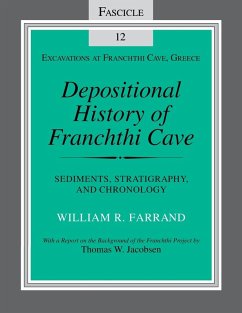
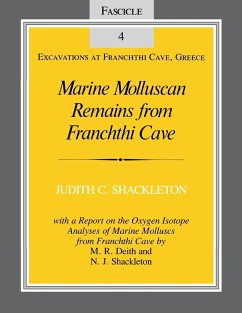
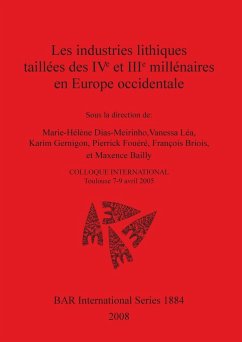
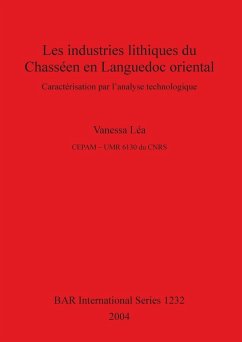
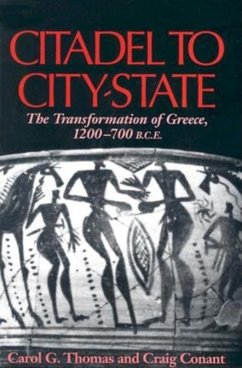
![Les Scandales De Londres, Dévoilés Par La Pall Mall Gazette. Tr. Des Articles [The Maiden Tribute of Modern Babylon by W.T. Stead]. Cover Les Scandales De Londres, Dévoilés Par La Pall Mall Gazette. Tr. Des Articles [The Maiden Tribute of Modern Babylon by W.T. Stead].](https://bilder.buecher.de/produkte/67/67054/67054597n.jpg)
